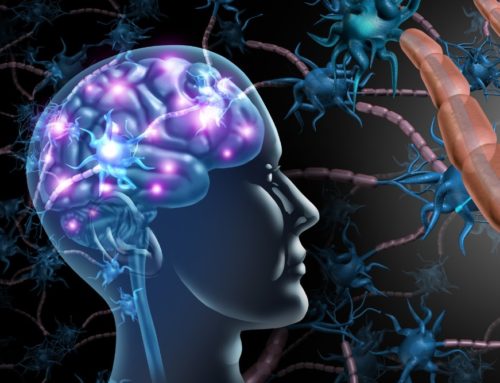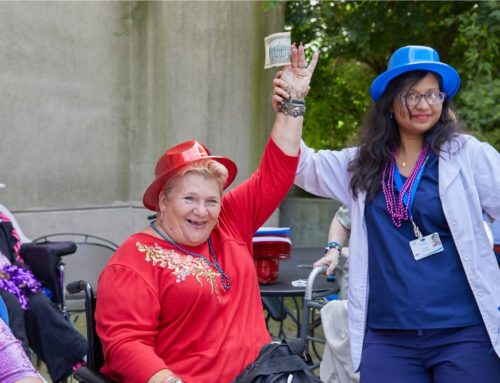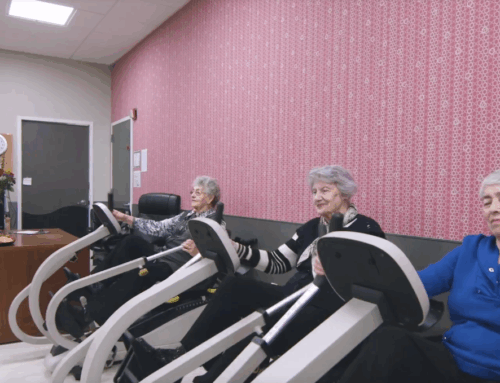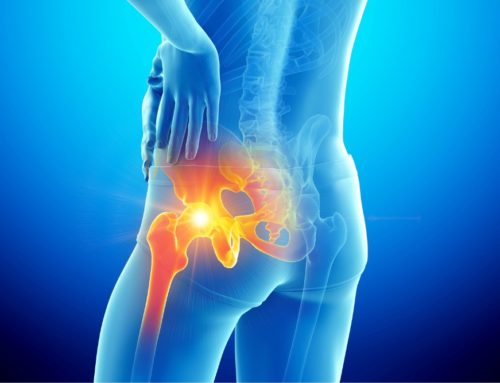Dancing vs Exercise: Which is Healthier for You?
Staying active is vital for physical and mental health, but sticking to a routine is not always easy. Working out can be boring, and not everyone likes or has access to sporting activities in their area. Luckily, dancing is as healthy as traditional exercise and may even be more effective, depending on the goal. Dancing can be more beneficial for people looking to improve both physical and mental health. It is fun and therapeutic, making you feel good and smile more while moving and after the workout is over.
Gym exercises are best for fitness goals, including building muscle and increasing strength. Though dancing also has physical benefits, including flexibility and range of motion improvements, it offers mental health improvements. For those wondering whether dance or exercise is right for you, keep reading.

Is exercise or Dancing Healthier?
Both dancing and traditional exercises are healthy and have several benefits for physical and mental health. They benefit you in slightly different ways. Some of these benefits are more prominent in one option over the other. The following sections detail the advantages these activities have to offer.
Why dancing might be healthier for some
More fun
Dancing isn’t only healthy for your body; it also benefits you mentally. For instance, studies show regular physical activity reduces the risk of depressive disorders and their symptoms. Exercise releases feel-good endorphins and improves self-esteem, especially when done regularly. Dancing includes these benefits but is more fun and habit-forming, which may enhance these results.
Dementia affects memory, communication, mood, personality, and social functioning. Some patients show such improvements during dance therapy since it requires creativity and social interaction. Despite no cure, dancing often slows the progression and reduces several symptoms. Patients are encouraged to remember and improvise steps and movements without verbal interaction, building self-esteem.
Level of enjoyment
Weight loss is a common reason to work out, but traditional exercise offers little enjoyment and may feel more like work for some. According to experts, dancing has the opposite effect, encouraging people to maintain a routine, particularly obese individuals. Several solo or social dance types allow you to form a habit to meet your weight loss goals.
Cardiac health
Recent studies show dancing is healthier for those with cardiovascular disease. For 4 weeks, participants were monitored during light- or moderate-intensity dancing and while walking. The results showed that dancing decreased the risk of cardiovascular disease mortality more than walking.
Your respiratory system pulls in much-needed oxygen and removes carbon dioxide from the body. The stronger these functions are, the better your body functions. Some evidence shows dancing improves respiratory function, especially in women, who are often less active than men. These results could be due to the women’s enjoyment of dancing, encouraging them to form a new routine.
When traditional exercise might be better
Though dancing is a healthy method for staying active, traditional exercise is more effective for calorie burning. Evidence shows aerobic dancing burns between 354 to 517 calories.
Biking at a moderate pace, running, vigorous calisthenics, or jumping rope all burn a minimum of 472 calories during the same period. Even sports like hockey, touch football, or polo burn more calories, so for significant weight loss, stick to traditional exercise.
For those wanting to increase strength, weight training is a better option. It includes the use of free weights and exercise machines to build muscle. Doing so lets you adjust the repetitions and weight to meet your goals.
Resources:
- PLOS, Jan. 17, 2024, Is dancing an effective intervention for fat loss? A systematic review and meta-analysis of dance intervention on body composition
https://journals.plos.org/plosone/article?id=10.1371/journal.pone.0296089#pone.0296089.ref023 - AJPM, June 2016, Dancing Participation and Cardiovascular Disease Mortality
https://www.ajpmonline.org/article/S0749-3797(16)00030-1/abstract - IDEAS, The Effects of Zumba Fitness on Respiratory Function and Body Composition Parameters: An Eight-Week Intervention in Healthy Inactive Women
https://ideas.repec.org/a/gam/jijerp/v20y2022i1p314-d1014531.html - PubMed, Jan. 19, 2022, Regular physical exercise and its association with depression: A population-based study short title: Exercise and depression
https://pubmed.ncbi.nlm.nih.gov/35074644/ - PubMed Central, Feb. 3, 2017, Dance movement therapy for dementia
https://pmc.ncbi.nlm.nih.gov/articles/PMC6464250/ - Department of Health Services, Calories burned per hour
https://www.dhs.wisconsin.gov/publications/p4/p40109.pdf - Harvard Health Publishing, Feb. 1, 2022, Building better muscle
https://www.health.harvard.edu/staying-healthy/building-better-muscle
This article contains informational and educational materials and does not replace health or medical advice. For questions or concerns regarding your medical condition or health objectives, speak to a qualified physician or healthcare provider.






Leave A Comment